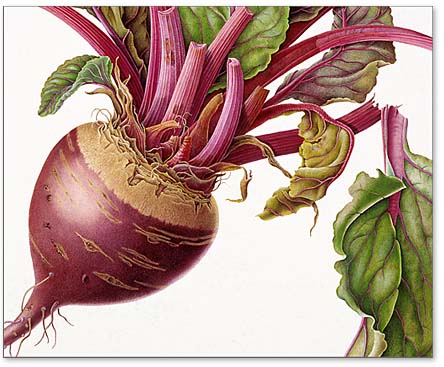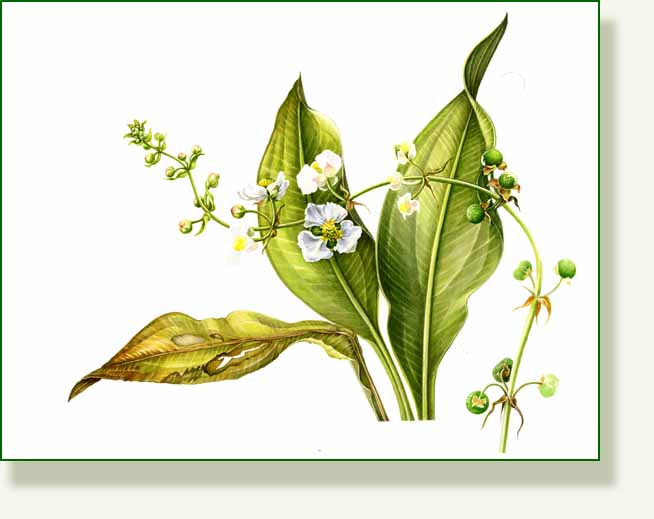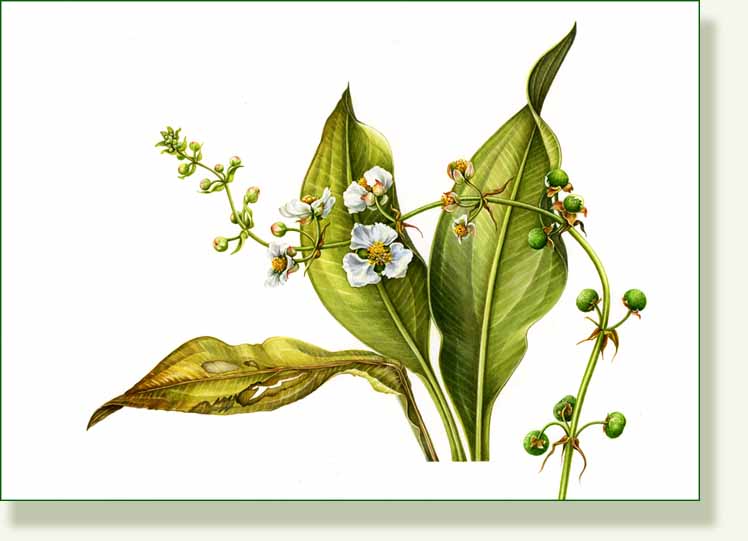My work on the plantain is over for now. It is, maybe, a curate’s egg, but then it is my first botanical painting.
However people feel about this kind of painting, for an artist it is an exercise in close observation and discipline. Discipline in being careful and methodical. It is so easy, after years of painting, to become lazy and slapdash and to rely on some slick tricks. So however frustrating and agonisingly slow this may be, it will be worth while.
My personal taste in painting covers a broad spectrum. I am delighted by both Rothko and Rembrandt, but I had always admired the beauty and the particular quirkiness of botanical paintings, and they are, what they are. If you wanted to write some “art bollocks” about them you could probably intellectualise about the “examination and isolation of the object ” but really they are just honest bits of painting.
What perhaps they do do, is to ask you to look closer at things you may see everyday.
I recently found this old 1997 review “Beetroot Descending a Staircase” of Shirley Sherwood’s collection of botanical art which was then on show in New York. It was written by Ann Raver who writes beautifully about gardening in the New York Times and although more than ten years old, all she says is still relevant.
“DR. SHIRLEY SHERWOOD peered hard at ”Beetroot,” a watercolor by the Australian painter Susannah Blaxill, and moved in on it like some botanist observing a rare vegetable in the field.
”You have to really stick your nose into it,” said Dr. Sherwood, ”Look at every one of these green bits built up with 15 layers of paint,” she added. ”And the same with the red. Then stand back and see how she uses the white of the paper.”
We stood back to look at the Blaxill, A spot of light — really just unpainted paper — glowed from somewhere inside the beet, making the vegetable float in pure white space like an abstract object in a void.
Yet, ”Beetroot” is more beetlike than any beet I have ever seen. Its crinkled red and green leaves, its vermilion stems edged with purple, the sheen on its rounded hairy root are accurate, yes. But there is an intimacy to this beet, a vigor so condensed that it verges on surreal.
The best way to know plants, as any gardener knows, is to try to draw one. You have to look at how the leaf joins the stem or wonder what those hairy things on the rose hip are. Even if you’ve grown the plant for years, you may not have seen these things.
I get bored with discussions of which paintings are art and which are ”just” science. If I turn away from a painting more aware of some essence of a flower or vine, I am more alive. That’s why these paintings should be on view somewhere — in a museum of art or science. Is it art or science? Sometimes, as in nature, it is both.
From, New York Times April 1997 read more here

Here is a detail of that beautiful beetroot, painstaking painted by Susannah Blaxill. Talking about it, at another more recent opening, Shirley Sherwood said
“She really is considered one of the very, very best. It took her months to do this painting, months. She said her family never wanted to eat beetroot ever again.”
I don’t think I should have put the beetroot in the same post as my plantain but she really is such a superb artist.
My three day stint seems lightweight compared with her months, my five layers of paint as nothing to her fifteen ..However I am just learning, so here is the inch by inch progress I am making. By lunchtime I was this far….

By three o’clock I decided enough was enough.. (you see.. lightweight!)
I am glad it’s done. I can’t quite yet say “finished” ..
______________________________








